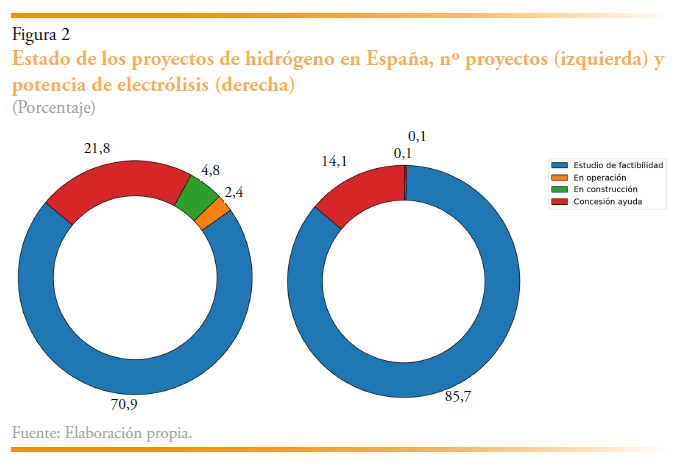Motives behind the decrease in gasoline prices

The decrease in gasoline prices has caught the attention of many, especially in a context where fuel prices can vary drastically. This trend is the result of a complex interaction of factors that include the increase in oil production, the reduction in demand, and advancements in energy technologies. Understanding the reasons behind this drop is not only crucial for consumers but can also provide a perspective on the global economic situation and the dynamics of the energy market.
The evolution of gasoline prices is a topic that affects millions of people and has a considerable impact on the global economy. In this article, the key factors that have led to a recent decrease in gasoline prices are analyzed, examining aspects such as the evolution of oil production, changes in demand, and the general economic environment.
Evolution of oil production
One of the main reasons behind the fall in gasoline prices is the increase in oil production. In recent years, oil-producing countries have increased their extraction capacity, thanks to advanced technologies such as hydraulic fracturing and horizontal drilling. This has led to an abundant supply in the market, which in turn has pressured prices downward.
Impact of OPEC+
The Organization of the Petroleum Exporting Countries (OPEC), along with other producing countries, also plays a crucial role in price dynamics. At times, they have taken measures to reduce production and stabilize or raise prices. However, in the current context, some decisions have favored an oversupply that contributes to the decline in prices at gas stations.
Variations in demand
On the other hand, a decrease in demand for gasoline has been a relevant factor in the recent reduction in prices. The global economic crisis, together with a change in consumption habits due to the pandemic, has led to a lower need for travel, considerably affecting fuel consumption.
Transition to renewable energies
The growing interest in renewable and alternative energies has also played a role in the reduction of gasoline demand. With the promotion of electric vehicles and greater use of public transportation, the reliance on fossil fuels has decreased, negatively impacting gasoline prices.
Global economic environment
The macroeconomic context also influences the evolution of prices. Factors such as inflation, interest rates, and government policies have a significant effect on consumer perception and their willingness to spend on fuels. Upon perceiving a reduction in fuel costs, a virtuous circle is generated that can incentivize an increase in consumption.
Energy policies
Government policies play a key role in price regulation. Subsidies, taxes, and tariffs imposed by governments on fuels can vary significantly from one country to another, affecting how prices fluctuate. A change in the regulation of these taxes or the introduction of incentives for the use of sustainable energies can drastically influence prices.
Geopolitical factors
Tensions and conflicts in oil-producing regions, such as the Middle East, also affect global prices. However, in the current context, some conflicts have begun to stabilize, allowing for a greater flow of oil in the markets and contributing to the reduction of gasoline prices.
Relations among producing countries
Collaboration and understanding among oil-producing countries is essential. The resolution of conflicts or favorable trade agreements between nations can significantly influence the availability of oil in the market, which in turn affects fuel prices at gas stations.
Conclusion on the reduction of gasoline prices
The decrease in gasoline prices is the result of a combination of complex factors ranging from an increase in oil production to changes in demand and the global economic environment. The interaction between these elements will continue to influence future prices, making it essential to closely monitor energy market trends.
In recent months, a significant decrease in gasoline prices has been observed in various regions, a phenomenon influenced by multiple factors. One of the main drivers of this reduction is the increase in oil production, which has surpassed expectations and stabilized prices globally. An increase in supply generally leads to a decrease in prices, and this fundamental principle of economics has become evident in the energy market.
Another aspect to consider is the decrease in demand, largely driven by economic crises and the transition to more sustainable energy sources. The change in consumption habits, where individuals and companies opt for cheaper and more ecological alternatives, has significantly contributed to the fall in prices. As more people turned to public transportation or alternative means such as the bicycle, the downward pressure on gasoline demand became palpable.
Additionally, temporary factors such as disruptions in supply chains or changes in international policy also play a crucial role. Geopolitical decisions, such as sanctions imposed on certain oil-producing nations, can dramatically alter market dynamics in short periods, affecting the cost of fuels.
Finally, the strength of the dollar in the international market influences prices, as gasoline is often traded in this currency. Changes in its value can generate direct effects on the cost of importing petroleum products, which in turn impacts the final price that consumers pay. This complex interaction of factors has resulted in a decreasing trend that, while subject to rapid changes, offers modest hope for relief for users who depend on these resources.






